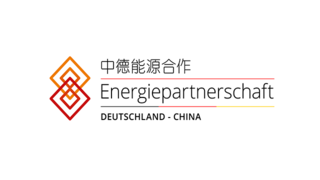Renewable Energy – Business and Financial Models
Keywords: Renewable energy, power market, business model, Financing renewables, energy storage | Study published: December 2023
Germany's renewable energy sector has experienced significant growth, driven initially by the Renewable Energy Law (EEG) which provided fixed tariffs for installations. A shift towards direct marketing and market premium support has led to more integrated and sophisticated business models. China, similarly, is expanding its renewable energy capacity with state-owned enterprises leading the charge. However, as feed-in-tariffs (FIT) decline, new support mechanisms like green energy certificates are emerging, necessitating new business and finance models. The increasing role of Power Purchase Agreements (PPAs) in financing renewables, both in Germany and potentially in China, indicates a trend towards market-driven renewable energy development. This shift is crucial for achieving climate goals and could be particularly relevant for China's electricity sector as it aims to increase private investment and tap into distributed generation potential.
As renewable energy transitions from subsidies to market participation, companies should adapt their financing and investment strategies for renewable energy to be market-oriented. The report also provides policy analysis and case studies for the financing and investment of renewable energy projects under different incentive mechanisms and policy contexts.

- Renewable energy business models evolve from subsidies to market participation, with direct marketing and storage devices playing a growing role in Germany's energy shift.
- Although there is no restriction for participating in RE project development in China, SOEs are by far the most dominant entity in this field. The dominant position of the SOEs is characterized by their substantial financial resources, strong government backing, and well-established infrastructure.
The study is a result of the Climate and Energy Partnerships:

